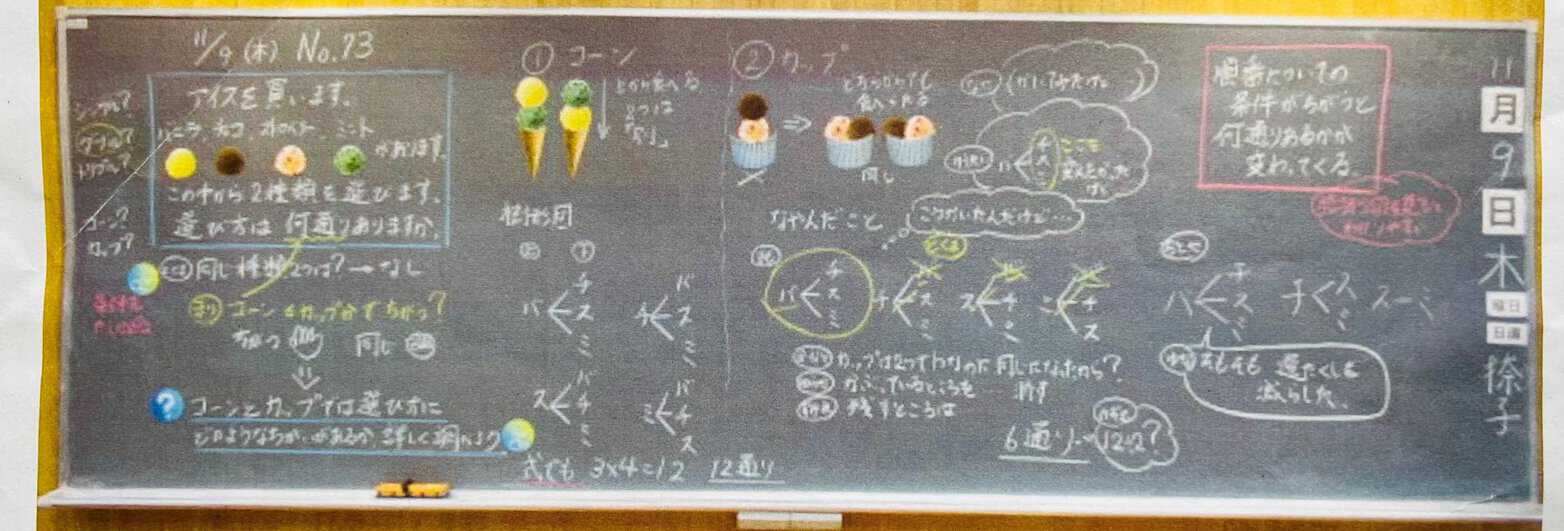Phil Daro was a lead author of the Common Core State Standards for Mathematics (CCSS-M) and works with teachers, districts, and developers to improve math teaching and learning. He has worked with SAP most recently on Math Milestones. He was invited by the Lesson Study Learning Alliance and Project IMPULS in Japan to spend 2 weeks visiting schools and engaging in workshops with Japanese and American mathematics educators focused on improving math teaching through Lesson Study. He shares his observations and work through this series.
When some students go wrong on a problem, there is something about the problem that could confuse other students tomorrow or next week. The question should not be, “What’s wrong with the student?” but rather, “What’s confusing about the problem or concept or procedure?” That’s how Japanese teachers operate, searching for the confusion in the problem. Americans tend to assume the issue is a gap in the student.
The purpose of this lesson was interesting. The teacher explained to the other teachers in the school that in years past, some students were confused by when to interpret a situation as permutations and when to interpret it as combinations; since there was confusion in years past, they decided to teach all students a lesson to clarify this confusion. They interpreted the confusion of some students as indicative of uncertainty in the learning of most students. This is quite different from the U.S. where we interpret some students’ confusion as a problem with those students who need to be differentiated to remedy their “gap.” Here in Japan, they interpreted “some” as indicative of uncertain learning of most students. To me, this seems like a focus on future mathematical health compared to the U.S. where we focus on past mathematical pathologies.
The move: Interpret some students’ confusion as indicative of uncertain learning of many students. Many students get the answer correct without confident use of the math being targeted in the lesson and unit.
I like this perspective, which leans into what students have in common rather than looking for excuses to “differentiate” students based on their gaps and flaws. What they have in common are the assets used to think and collaborate about mathematics.
















